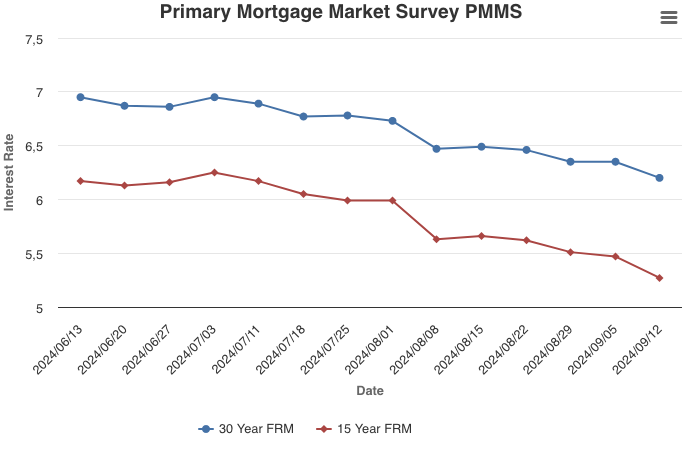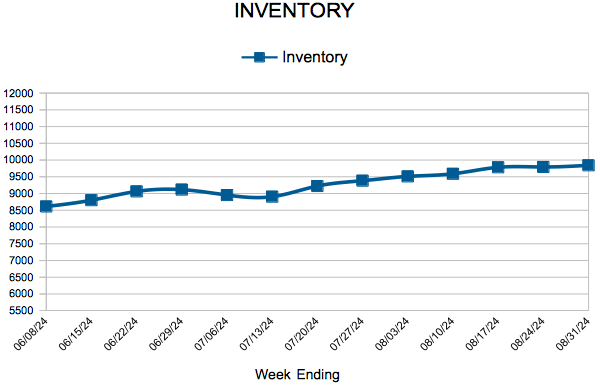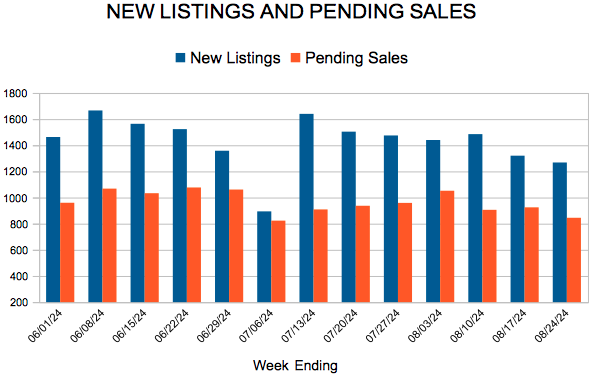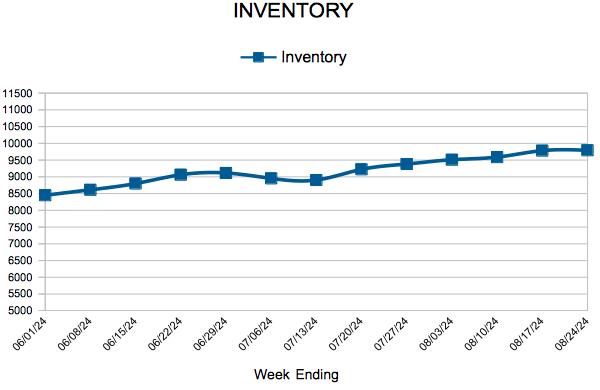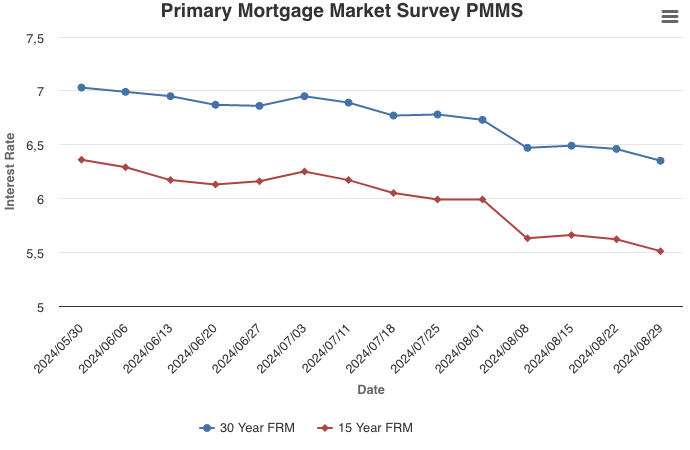 For Week Ending September 7, 2024
For Week Ending September 7, 2024
The S&P CoreLogic Case-Shiller U.S. National Home Price NSA Index hit a new all time high in June, rising 5.4% year-over-year, a slight decline from a 5.9% annual gain the previous month. The 20-City Composite was up 6.5% from the same time last year, with New York reporting the largest annual increase at 9%, followed by San Diego and Las Vegas, at 8.7% and 8.5%, respectively.
IN THE TWIN CITIES REGION, FOR THE WEEK ENDING SEPTEMBER 7:
- New Listings decreased 0.4% to 1,422
- Pending Sales increased 10.1% to 765
- Inventory increased 12.6% to 9,748
FOR THE MONTH OF AUGUST:
- Median Sales Price increased 2.4% to $389,000
- Days on Market increased 21.2% to 40
- Percent of Original List Price Received decreased 1.3% to 98.7%
- Months Supply of Homes For Sale increased 17.4% to 2.7
All comparisons are to 2023
Click here for the full Weekly Market Activity Report. From MAAR Market Data News.
